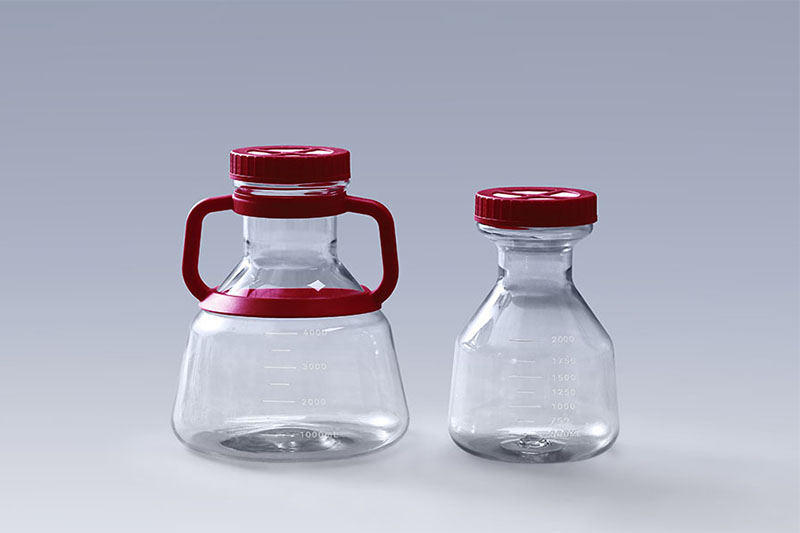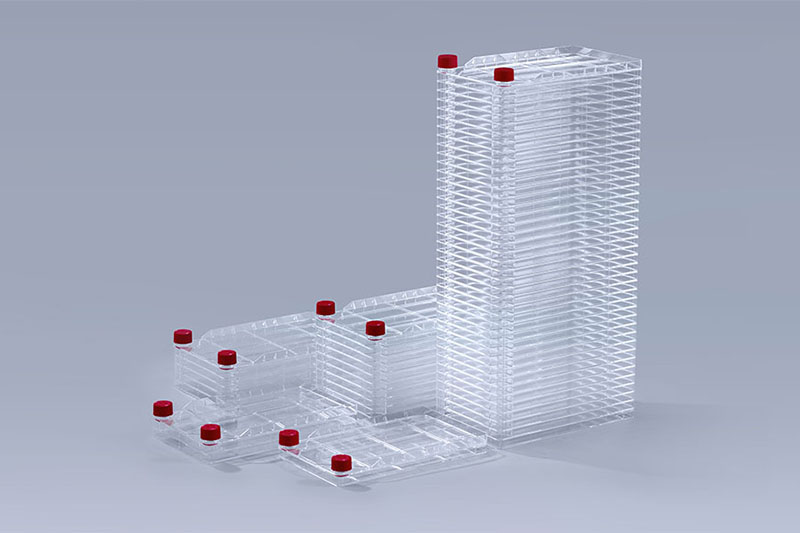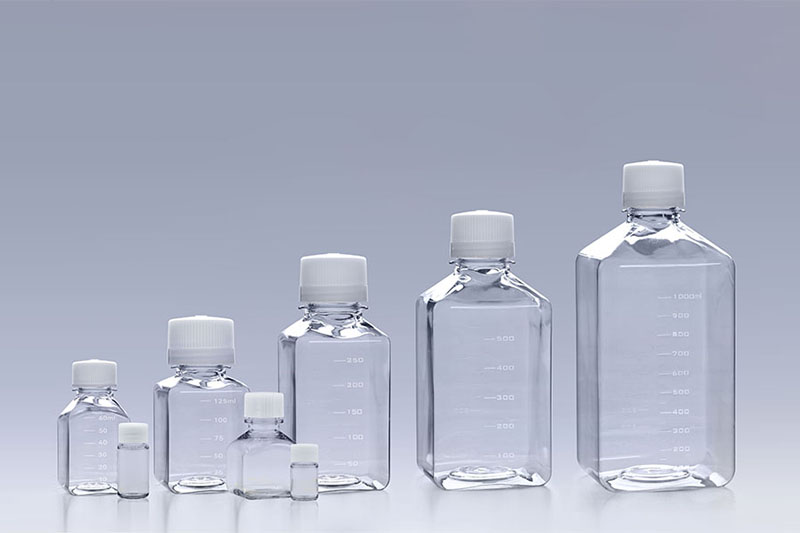PRINCETON, N.J.--(BUSINESS WIRE)-- Bristol Myers Squibb (NYSE: BMY) today announced that the U.S. Food and Drug Administration (FDA) approved Augtyro (repotrectinib) for the treatment of adult patients with locally advanced or metastatic ROS1-positive non-small cell lung cancer (NSCLC).1 Administered as an oral therapy, Augtyro is a tyrosine kinase inhibitor (TKI) targeting ROS1 oncogenic fusions.1
The approval is based on the TRIDENT-1 study, an open-label, single-arm, Phase 1/2 trial that evaluated Augtyro in TKI-naïve and TKI-pretreated patients.2 In TKI-naïve patients (n=71), the primary endpoint of objective response rate (ORR), defined as the percentage of people treated within a certain period of time whose tumor size decreased (partial response) or who no longer have signs of cancer (complete response),was 79% (95% Confidence Interval [CI]: 68 to 88).1,3 The median duration of response (mDOR) was 34.1 months. Among patients pretreated with one prior ROS1 TKI and no prior chemotherapy (n=56), the ORR was 38% (95% CI: 25 to 52) and the mDOR was 14.8 months.1 Among those who had measurable central nervous system (CNS) metastases at baseline, responses in intracranial lesions were observed in 7 of 8 TKI-naïve patients (n=71) and 5 of 12 of those who were TKI-pretreated (n=56).1
“New treatment options continue to be needed for patients with ROS1 fusion-positive NSCLC that support important clinical goals, including achieving durable therapeutic responses,” said Jessica J. Lin, MD, TRIDENT-1 primary investigator and attending physician at the Center for Thoracic Cancers at Massachusetts General Hospital and Assistant Professor of Medicine at Harvard Medical School.4,5,6,7 “Based on the data we have seen in the TRIDENT-1 trial, repotrectinib has the potential to become a new standard of care option for patients with locally advanced or metastatic ROS1 fusion-positive lung cancer.”1
Augtyro is associated with the following Warnings & Precautions: central nervous system (CNS) effects, interstitial lung disease (ILD)/pneumonitis, hepatotoxicity, myalgia with creatine phosphokinase elevation, hyperuricemia, skeletal fractures, and embryo-fetal toxicity.1 Please see Important Safety Information below.
“While progress has been made in the treatment of NSCLC over the past decade, there is still a need to address this particularly difficult-to-treat form of the disease with innovative science and a targeted approach,” said Samit Hirawat, MD, executive vice president, chief medical officer, Global Drug Development, Bristol Myers Squibb.6,7 “As the only approved next-generation TKI for ROS1-positiveNSCLCpatients, Augtyro builds on our legacy of delivering transformational therapies for patients with thoracic cancers.”6,8,9
 Cell Culture Erlenmeyer Flasks
Cell Culture Erlenmeyer Flasks
“ROS1-positive NSCLC patients and their families face a stressful journey because our cancer can be difficult to treat, especially when it spreads to the brain,” said Janet Freeman-Daily, co-founder and president of The ROS1ders, a patient advocacy organization.10 “Today’s approval brings a new treatment option for the ROS1-positive patient community, which gives us hope for more time with loved ones.”
Augtyro is designed to minimize interactions that can lead to certain forms of treatment resistance in ROS1-positive metastatic NSCLC patients.6,8,11 Itis expected to be available to patients in the U.S. in mid-December 2023. Bristol Myers Squibb thanks the patients and investigators involved in the TRIDENT-1 clinical trial program.
About TRIDENT-1
TRIDENT-1 is a global, multicenter, single-arm, open-label, multi-cohort Phase 1/2 clinical trial evaluating the safety, tolerability, pharmacokinetics and anti-tumor activity of repotrectinib in patients with advanced solid tumors, including non-small cell lung cancer (NSCLC).1,2Phase 1/2 includes patients with locally advanced or metastatic solid tumors harboring ROS1 fusions.2 Additional analyses of the trial are still being conducted; asymptomatic central nervous system (CNS) metastases are allowed.1,2 The trial excludes patients with symptomatic brain metastases, among other exclusion criteria.1 Phase 1 of the trial included the dose escalation that determined the recommended Phase 2 dose.2
Phase 2 of the trial has a primary endpoint of overall response rate (ORR).1,2 Key secondary endpoints include duration of response (DOR) according to Response Evaluation Criteria in Solid Tumors (RECIST v1.1) as assessed by Blinded Independent Central Review (BICR), progression-free survival (PFS), and intracranial response in six distinct expansion cohorts, including tyrosine kinase inhibitor (TKI)-naïve and TKI-pretreated patients with ROS1-positive locally advanced or metastatic NSCLC.1,2
Source: https://www.drugs.com/newdrugs/fda-approves-augtyro-repotrectinib-locally-advanced-metastatic-ros1-positive-non-small-cell-lung-6145.html
The FAI climbed 5.9 percent year-on-year in the first 11 months of 2018, quickening from the 5.7-percent growth in Jan-Oct, the National Bureau of Statistics (NBS) said Friday in an online statement.
The key indicator of investment, dubbed a major growth driver, hit the bottom in August and has since started to rebound steadily.
In the face of emerging economic challenges home and abroad, China has stepped up efforts to stabilize investment, in particular rolling out measures to motivate private investors and channel funds into infrastructure.
Friday's data showed private investment, accounting for more than 60 percent of the total FAI, expanded by a brisk 8.7 percent.
NBS spokesperson Mao Shengyong said funds into weak economic links registered rapid increases as investment in environmental protection and agriculture jumped 42 percent and 12.5 percent respectively, much faster than the average.
In breakdown, investment in high-tech and equipment manufacturing remained vigorous with 16.1-percent and 11.6-percent increases respectively in the first 11 months. Infrastructure investment gained 3.7 percent, staying flat. Investment in property development rose 9.7 percent, also unchanged.
 English
English



















































 Cell Factory
Cell Factory PETG Media Bottles
PETG Media Bottles